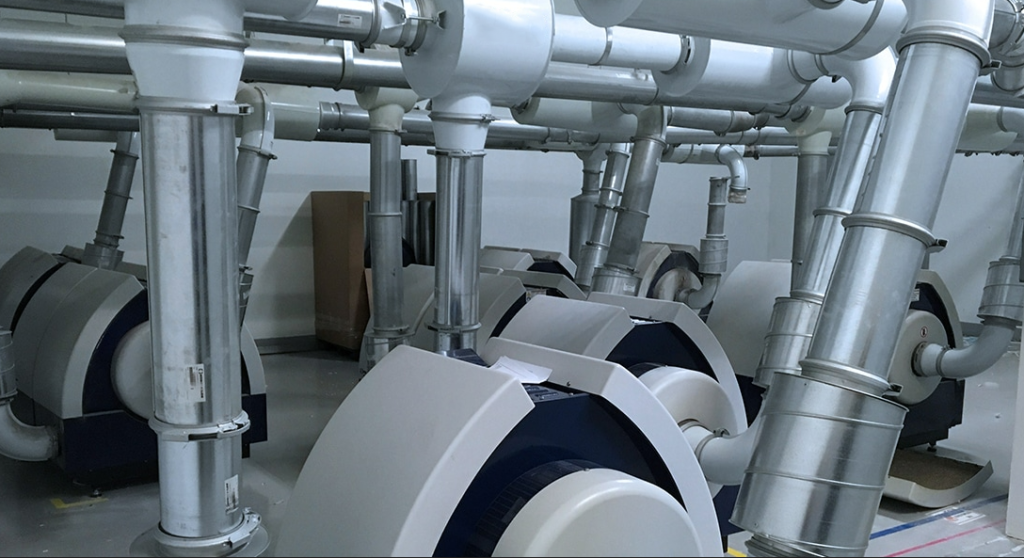Pneumatic conveying systems are used to transport powdered or granular materials through a system of pipes using compressed air, which are an essential part of many industrial operations. The pneumatic conveying system are used in a variety of industries for bulk handling, including grain processing, animal feed, plastic processing,flour milling, cement and more. These systems provide an efficient way to move large volumes of material from one location to another.
Heavy pressure duct fittings are essential components of your conveying system, and choosing the right kind can help you create more efficient lines that are less prone to leakage. Here are some of the most common types of duct fittings and what they’re used for in an air-powered material conveying system.
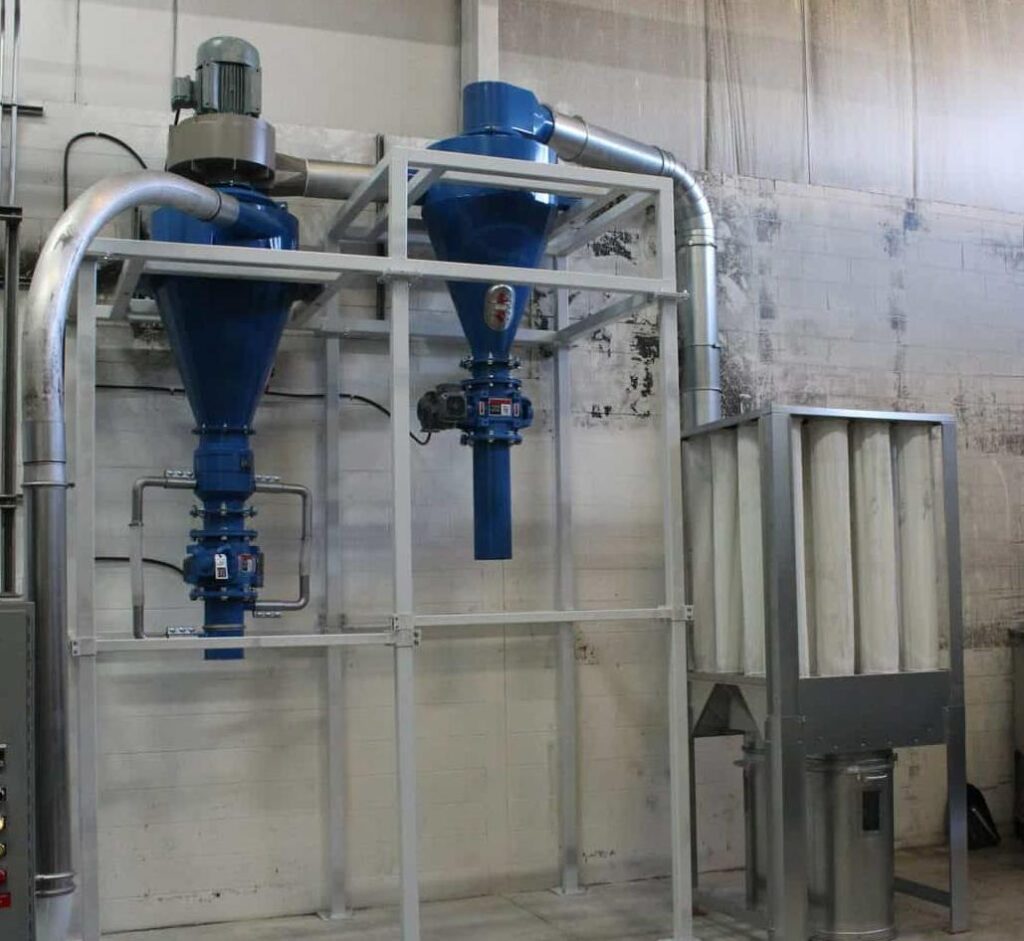
QR Clamp
A QR Clamp is quick lock handle clamp applied in some pneumatic conveying tube system.
This carbon steel clamp is used to seal the end of the ducts and prevent air leakage. There are several types of these clamps in the market, including clamps with one, two, or three springs.
The quick clamps come in various sizes as well, depending on your need. Also, they come in different materials, such asgalvanized steel,stainless steel and aluminum. The galvanized quick locking clamp are the most common, and cost less than their metal counterparts while still being strong enough to last a long time.
The main advantages of QR clamps are that they do not require any screws or rivets, can be applied without deforming the pipes, and are reusable. Also, unlike other clips, the QR clamp does not cut into ducting pipes and does not leave marks during installation.
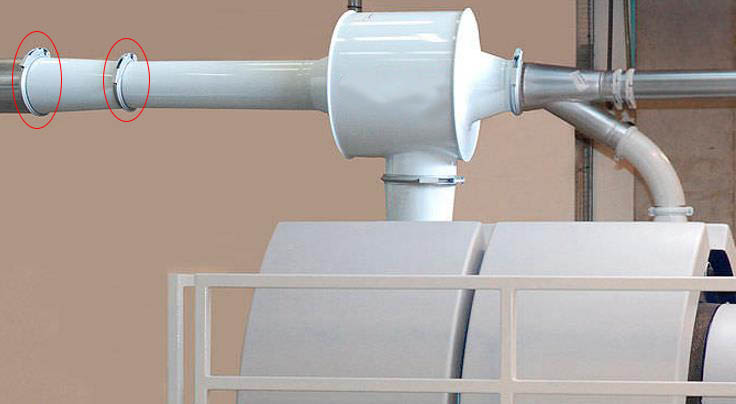
Pipe Couplings

A pipe coupling is a device used to connect two pieces of pipe fittings together. There are a variety of pipe coupling designs, but the most common type are the bolted type, 2 bolts or 3 bolts, galvanized or stainless steel. Pipe couplings are used in a variety of applications, but they are particularly well-suited for use in pneumatic conveying systems. Because pipe couplings can be quickly assembled and disassembled, they are an ideal way to connect the sections of pipe in a pneumatic conveying system.


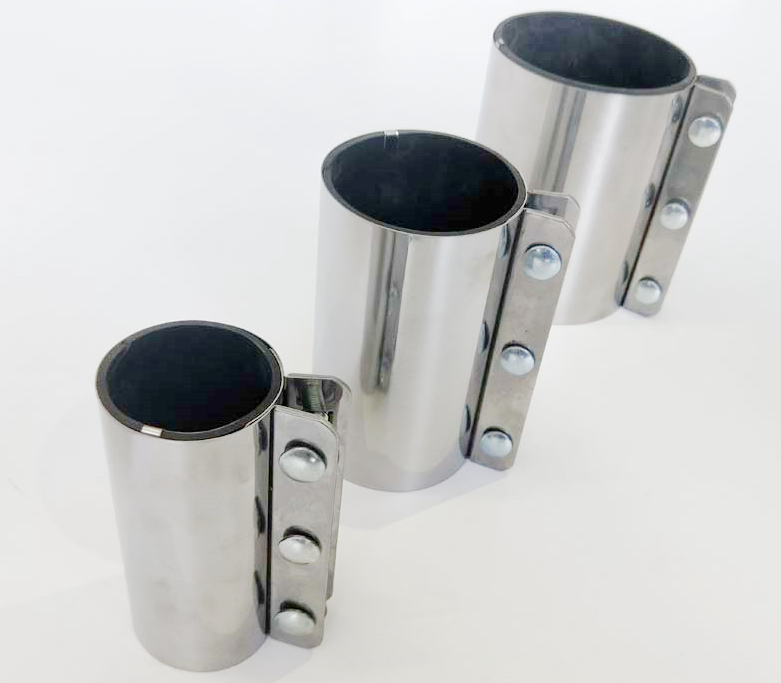
Straights
Straights are a type of pipe fittings used on pneumatic conveying systems. These fittings are used for elbows and tee joints to connect two or more pipes at their ends.The advantage of straights on pneumatic conveying systems is that they make a complete line or allow pipes to be quickly joined without any welds needed. However, straight connectors must fit perfectly with each other. Otherwise, it will result in an air leak which would cause damage to the equipment and affect production efficiency. It is important to keep straight pipes free from any dirt as this could reduce airflow through them, thus affecting their performance as well.


Branches, tees, wyes
A pipe branch is a device used in a pneumatic conveying system to split the flow of conveyed material. It is installed in the main line of the system between the outlet of the primary blower and the inlet of the secondary blower. The pipe branch allows a portion of the material flowing through the system to be diverted to the secondary blower, while the remaining material continues to the primary blower.
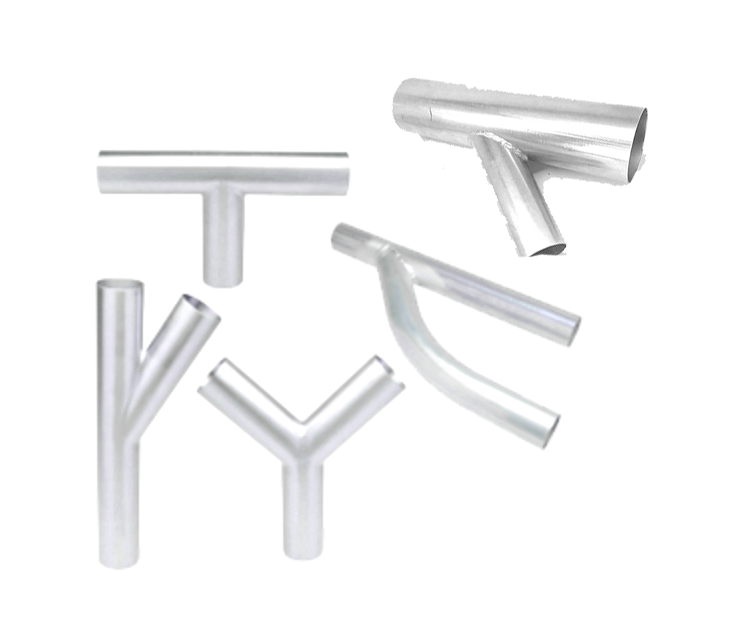
Bends
Bends allow you to change the direction of airflow in a dust collector. There are different bends available: right angle, elbow, and more. These types allow for installation at any point along the pipe, not just at the ends, as with reducers.
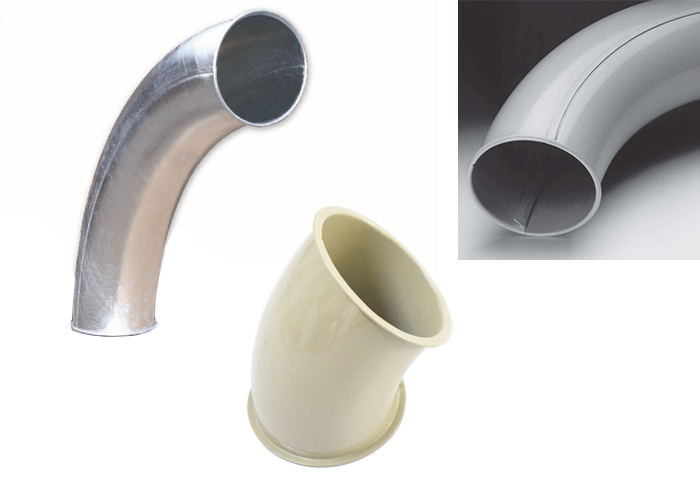
Telescopic Duct
A telescopic duct in pneumatic conveying systems is a type of duct that can be extended or shortened to accommodate changes in the diameter. They are the most common fittings and are used for many different applications.
Telescopic ducts are both economical and highly versatile! They can be used for conveying powders, granules, and slurries of any density level within the limits of friction loss.

Cyclones
Cyclones are used to separate fine particles from coarse particles. They do this by having a spiraling wire mesh on the interior of the Cyclone, which causes the heavier particles to fall and spiral around and eventually drop to the bottom.
Hopper
A hopper in a pneumatic conveying system is used to transfer and collect material from one conveyor to the next. Most industrial and commercial applications use an enclosed rectangular-shaped hopper for this purpose.
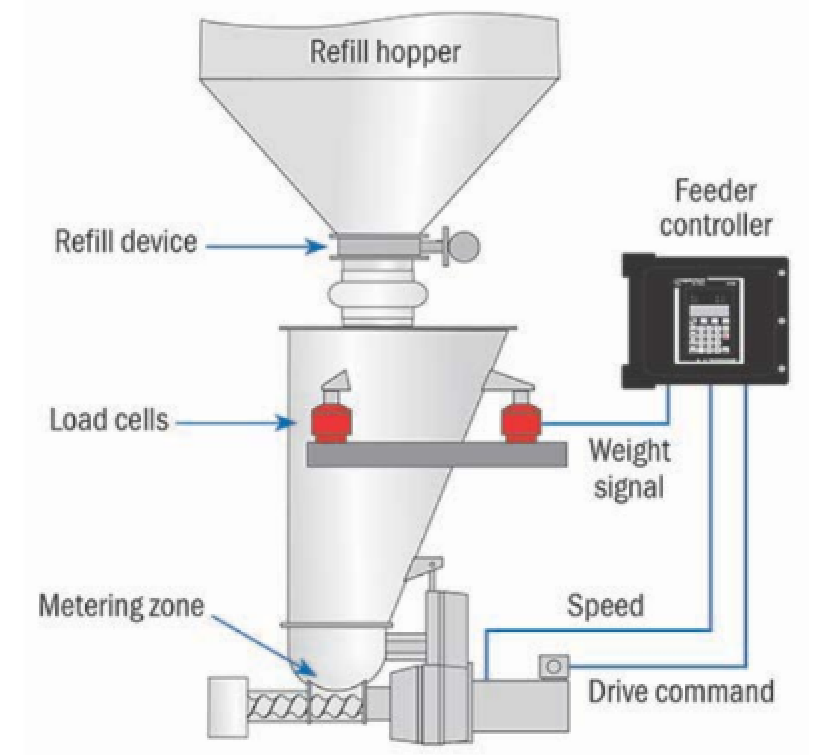
Diverter
A diverter is a device that helps to keep air moving or discharge air from the duct. It is installed at a point where the flow turns. Air is diverted from the main flow, producing a unidirectional thrust that deflects and throws out the entrained air downstream.
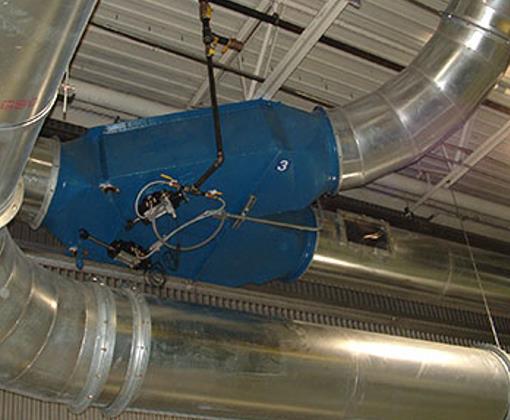
Reducers
Reducers on pneumatic conveying systems are the perfect solution when a smaller diameter is needed. A reducer can be used to change a 12-inch pipe size to 10 inches, or it can be used to change the size of a 6-inch pipe down to 4 inches.
There are many different reducers available for your pneumatic conveying system: ellipsoidal reducers, rectangular reducers, round pipes, and more.
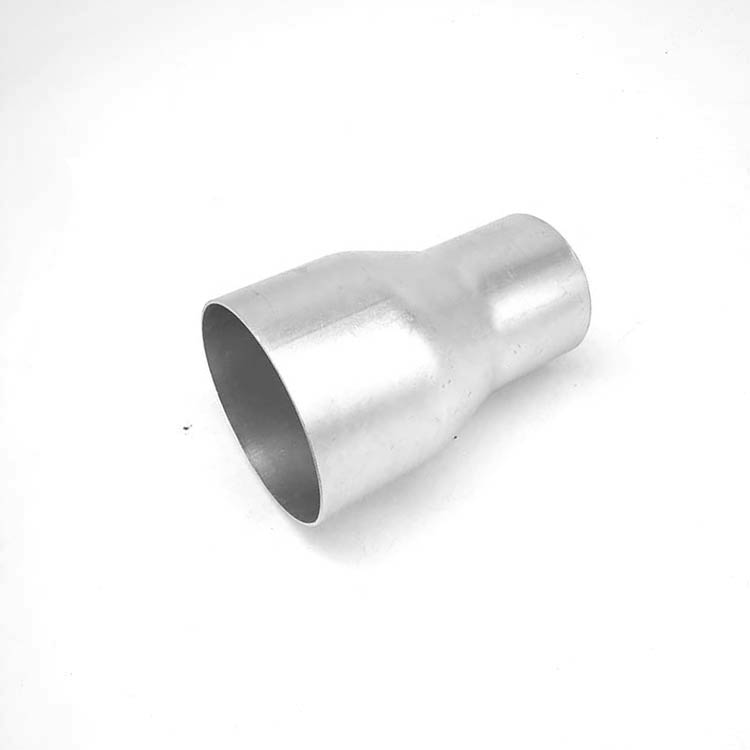
Damper
Industrial dampers in storage silos controls the flow rate of air. These fittings are designed to change the size and shape of ducts to alter the pressure and volume levels.
There are two types: an inline damper, which can be moved from one position to another inside a duct, and an end-fed (or end-fed) damper – placed at one end of blast gates.
Inline dampers are often used for high-pressure throttling systems where it is not practical to reduce the pressure by other means. In contrast, end-fed dampers are used when flows need to be stopped totally or as an emergency shutoff valve.
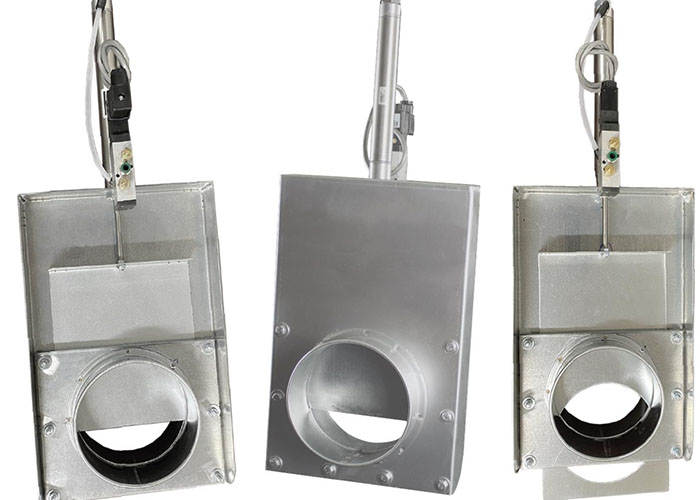
Weld Ends
Weld ends provide an excellent way to finish your ductwork project by giving that finishing touch. They come in different sizes, lengths, and shapes to suit the needs of your project.
These flanged duct fittings come in two sizes: large and small (with varying diameters). Large weld ends are designed for rigid pipes, while small weld ends work better with flexible piping materials like a hose or sheet metal ducts.
Also, depending on what will work best for your project, you can get them in bulk materials, such as steel, aluminum, or plastic.
Weld ends are the most preferred for pneumatic conveying systems because they are durable and easy to install. Besides this, weld ends don’t need special equipment during installation. Also, they’re reusable and cost-effective.
Pipe Bracket , installation components
A pipe bracket is the pipe mount that holds the duct in place. It is necessary to ensure that the ductwork stays securely in place. When building a system, it is essential to consider where these stainless steel brackets will be placed and what type they are before constructing your piping layout.
Since there are so many types of pipe brackets, it is crucial to understand which one best suits your needs. Also, remember that pipe brackets can also be made of stainless steel or aluminum materials and have various mounting options for attaching to your pip. In addition to holding pipes together, pipe brackets are typically used for mounting ducts in pneumatic conveying systems.

Conclusion
The different types of duct fittings for pneumatic conveying systems can be used for various purposes. Some, like the QR clamp, are easier to assemble and disassemble. Others, like the weld ends and pipe bracket, can attach pipes together in an airtight seal or mount them against a wall.
In conclusion, different types of duct fittings are properly designed to serve various purposes you should consider when building your system. They’ll help you streamline the installation process and make your pneumatic conveying system operate as efficiently as possible.

